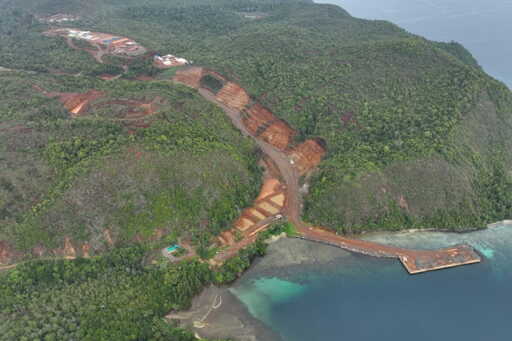JAKARTA — In a new report, marine activists are demanding restoration efforts from nickel miners and the Indonesian government for affected areas of Raja Ampat while also urging authorities to enforce the ban on mineral extraction in coastal and small island regions. The recently published paper combines geospatial analysis with field evidence to reveal mounting ecological risks from expanding nickel mining in Raja Ampat, known as the “Crown Jewel of Marine Biodiversity.” The research maps how concessions overlap with vital coral reefs, forests and community territories within the UNESCO Global Geopark. The findings point to growing pressure on both ecosystems and the livelihoods of Indigenous and local people across the archipelago. “Our research shows that nickel mining in Raja Ampat creates a domino effect of destruction, from direct forest clearing to sediment runoff that suffocates coral reefs to the displacement of marine species that local communities depend upon,” Timer Manurung, chair of the environmental organization Auriga Nusantara, which collaborated with mining watchdog Earth Insight in the research, said in a press statement published Sept. 25. Nickel mining on Manuran Island. Image courtesy of Auriga Nusantara. The research, supported by recent field photos, has revealed how more than 22,000 hectares (54,000 acres) of nickel mining concessions continue to threaten the UNESCO Global Geopark in Raja Ampat. Using the latest geospatial analysis, the researchers mapped overlaps between mining concessions and critical ecosystems, showing risks to 2,470 hectares (6,100 acres) of coral reefs and 7,200 hectares (17,800 acres) of forest, as well as…This article was originally published on Mongabay
From Conservation news via this RSS feed


